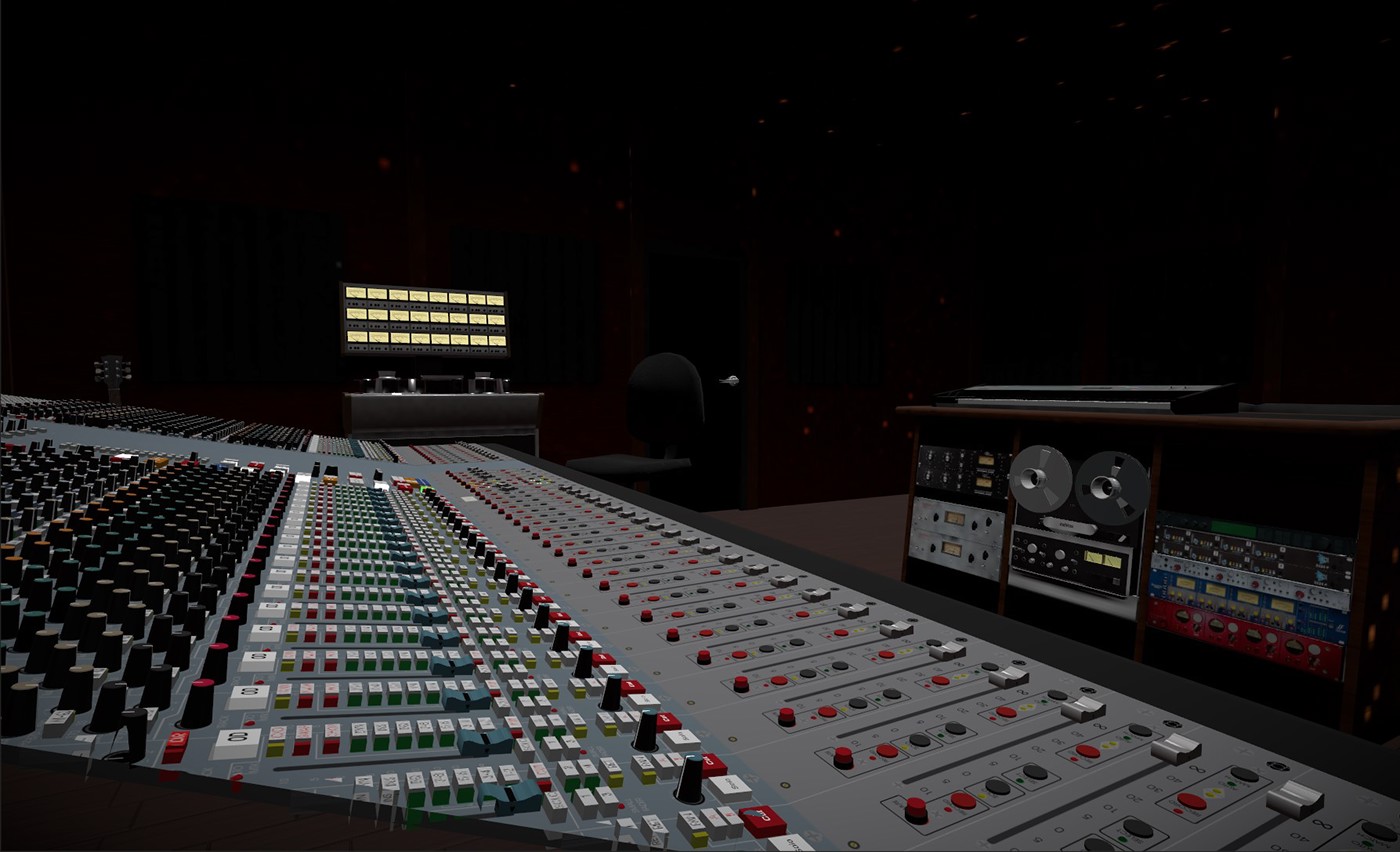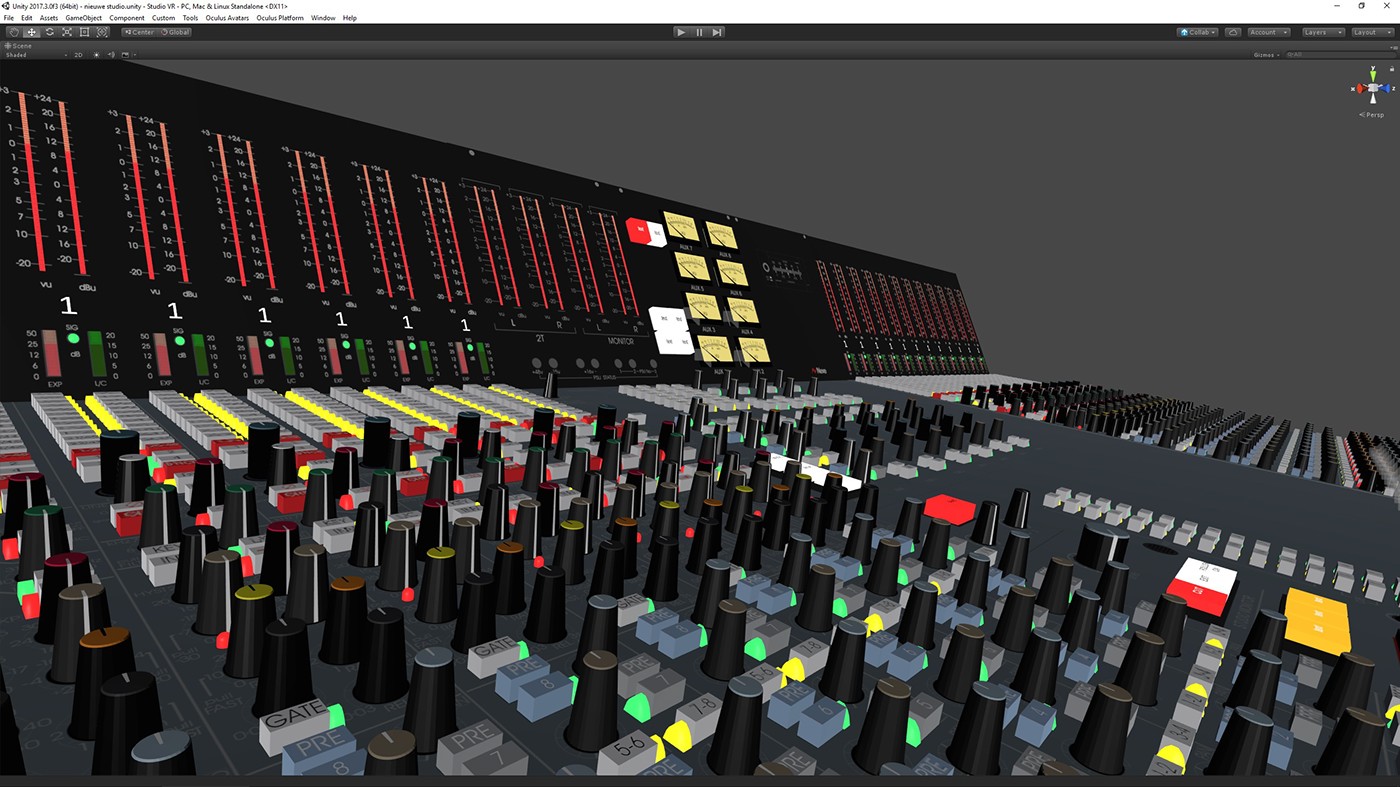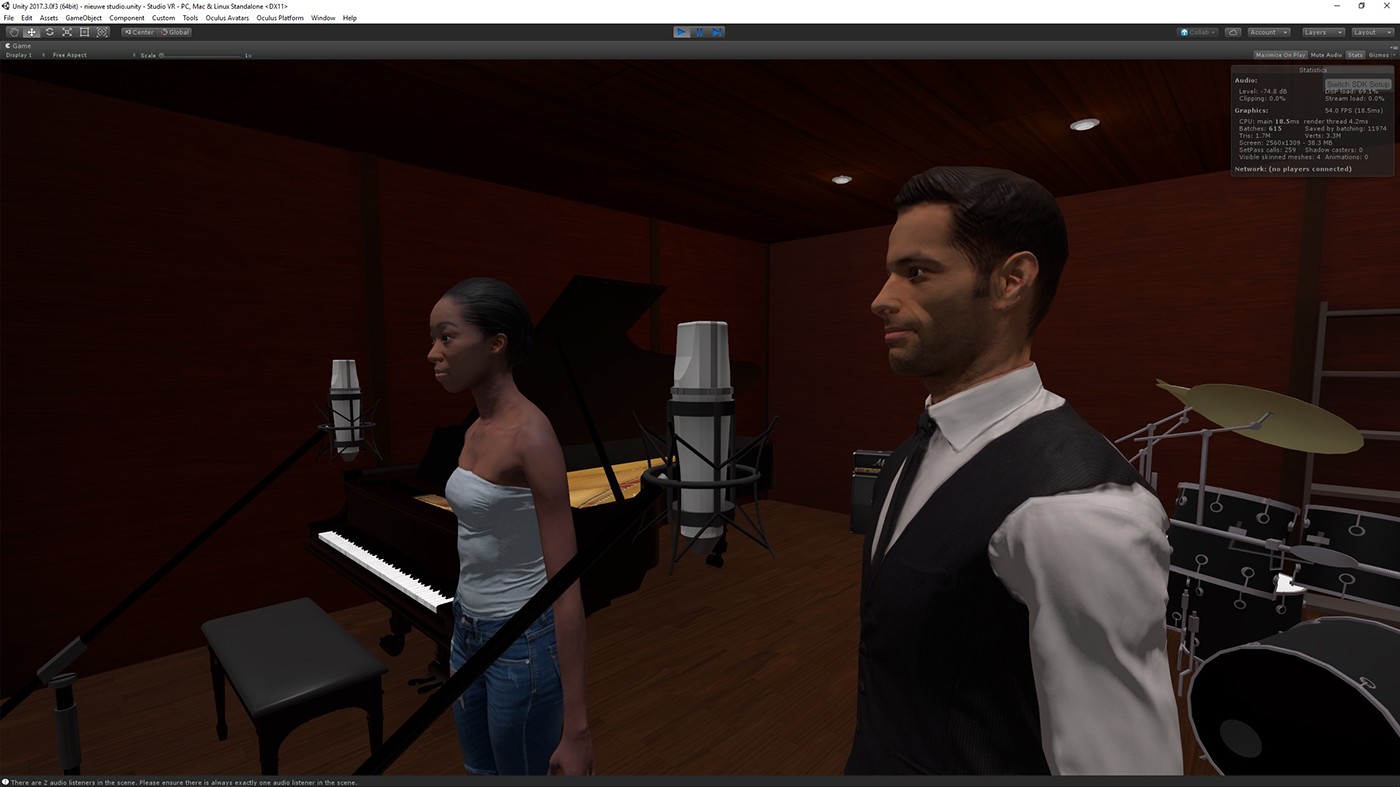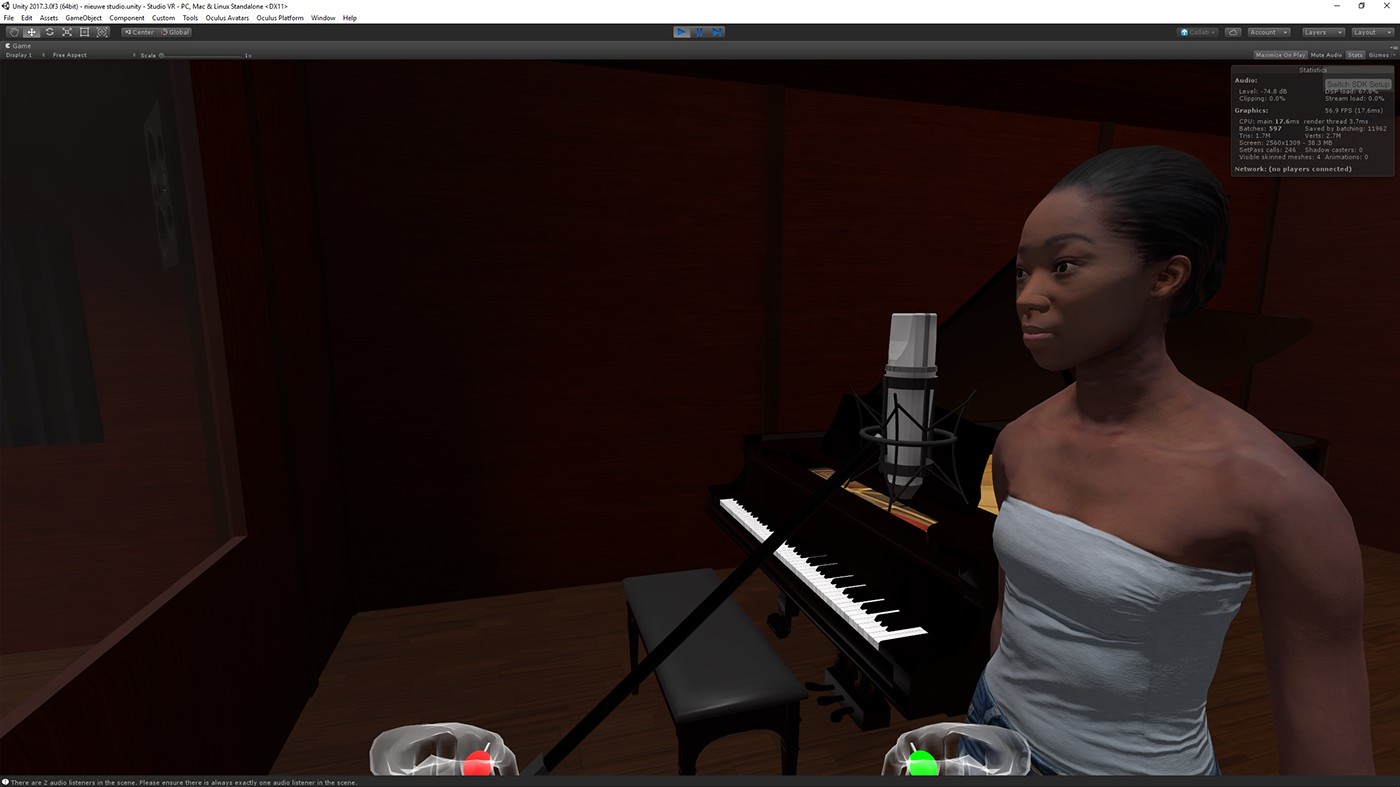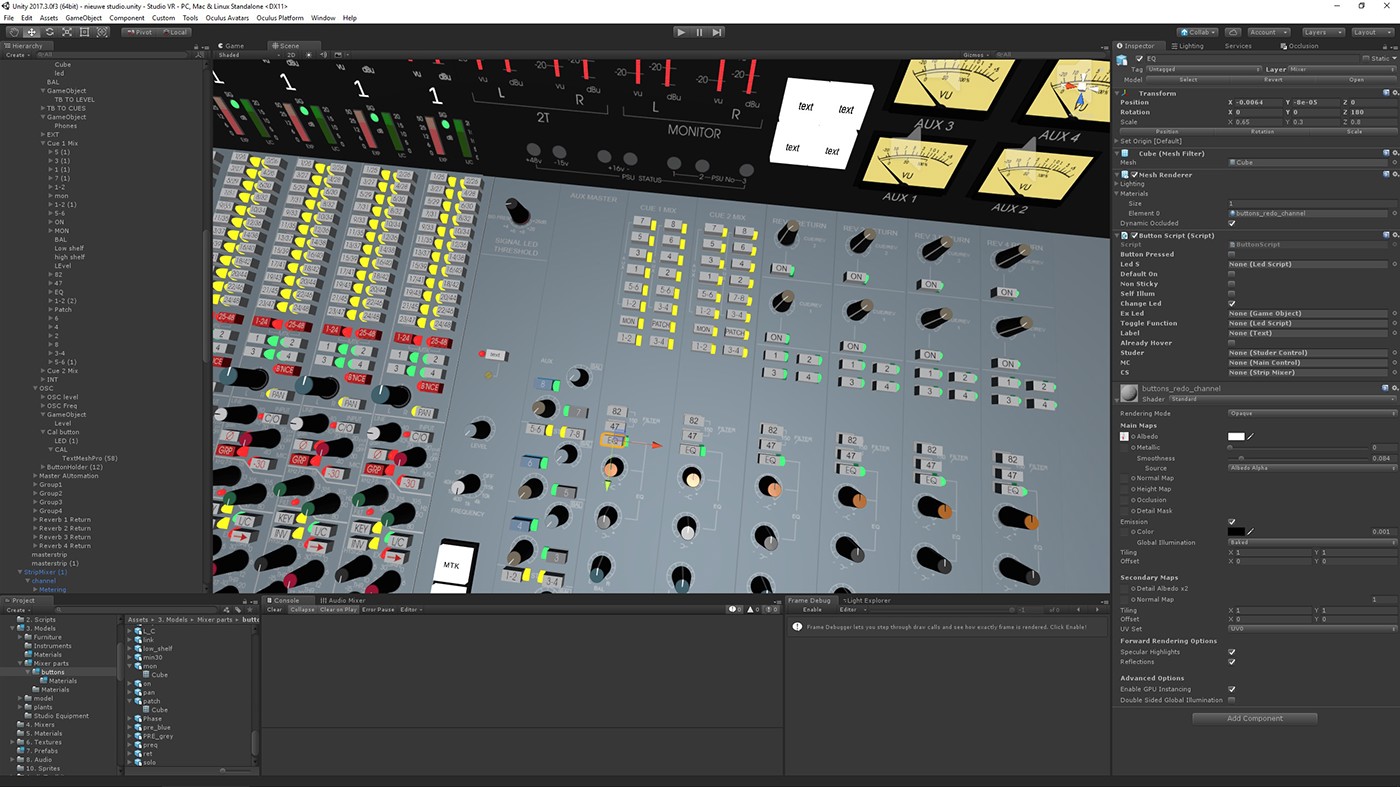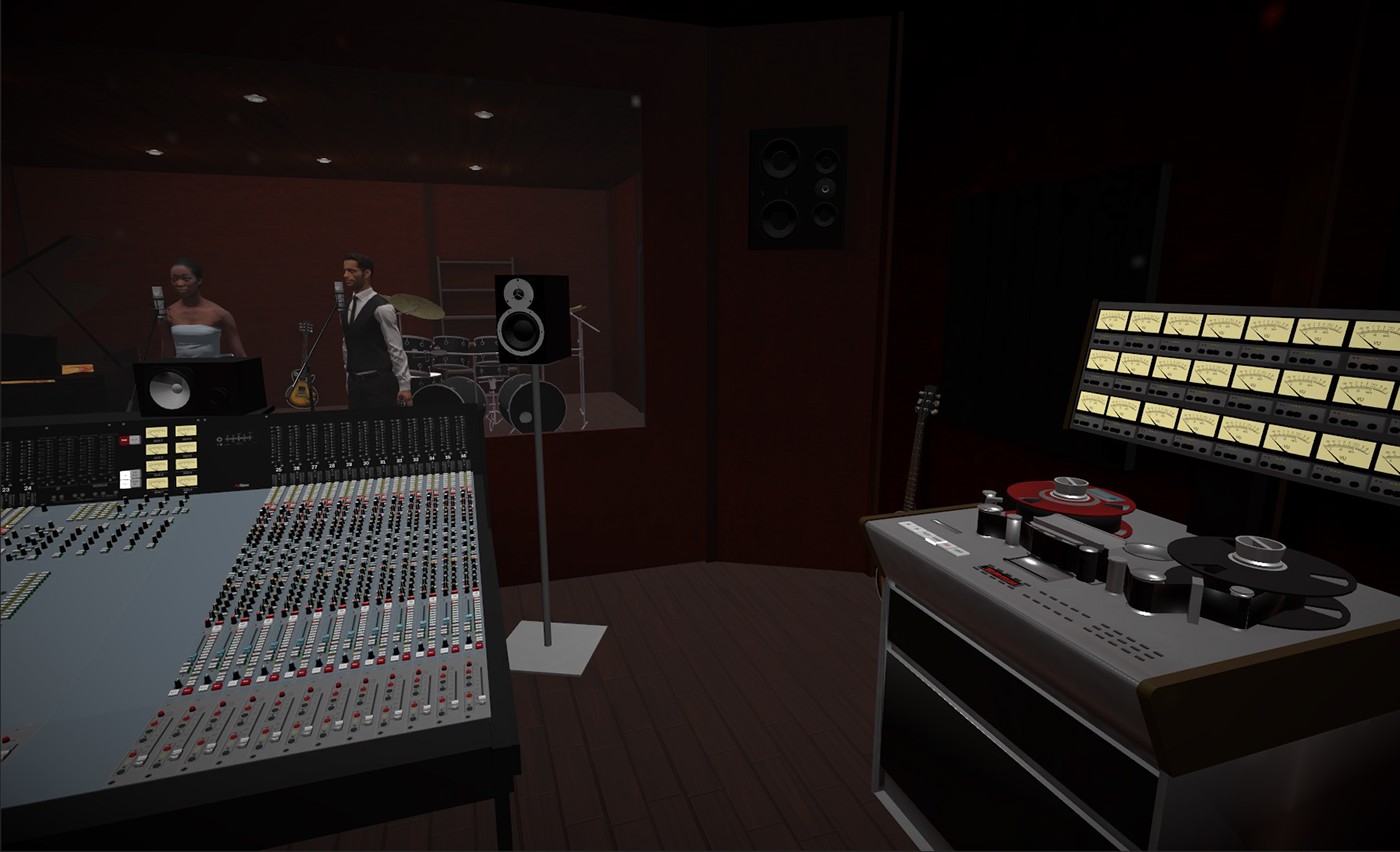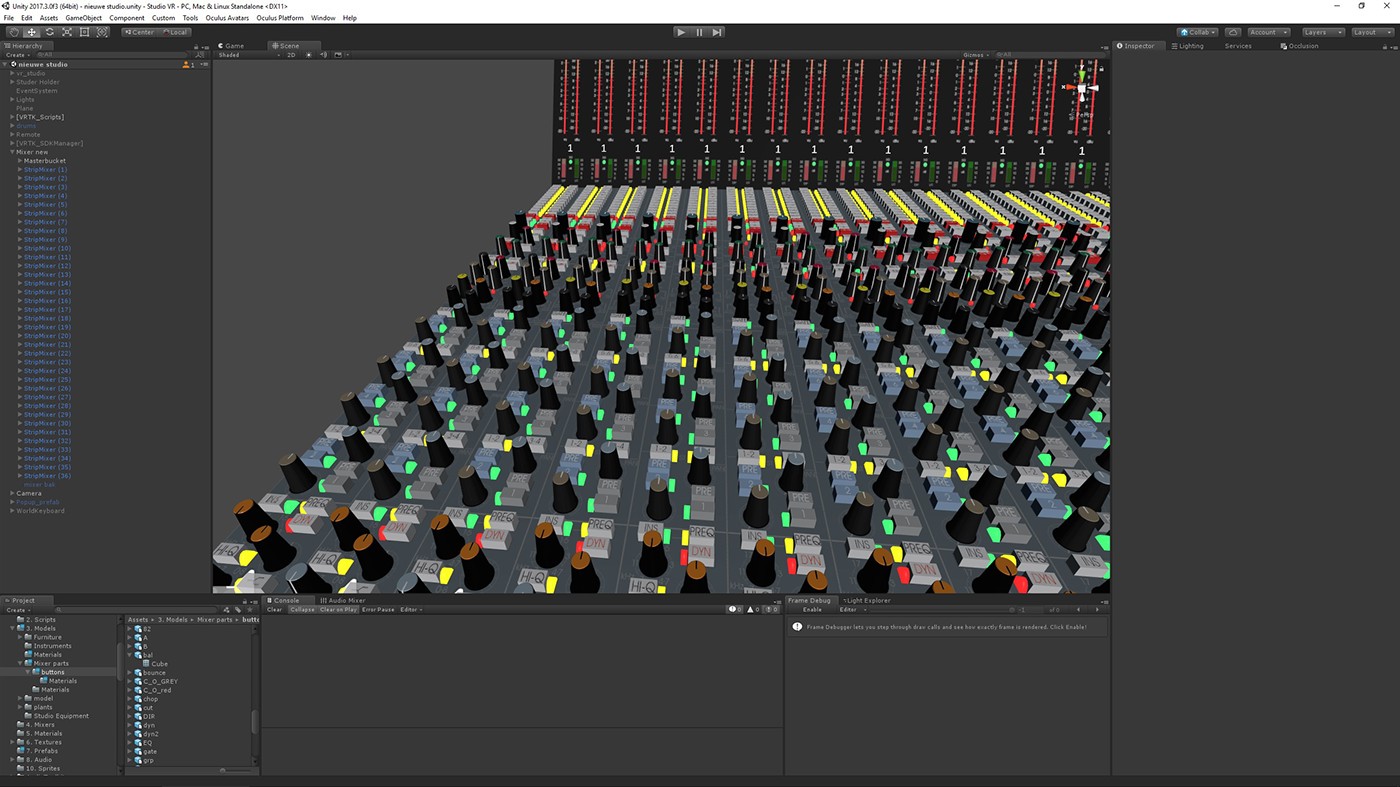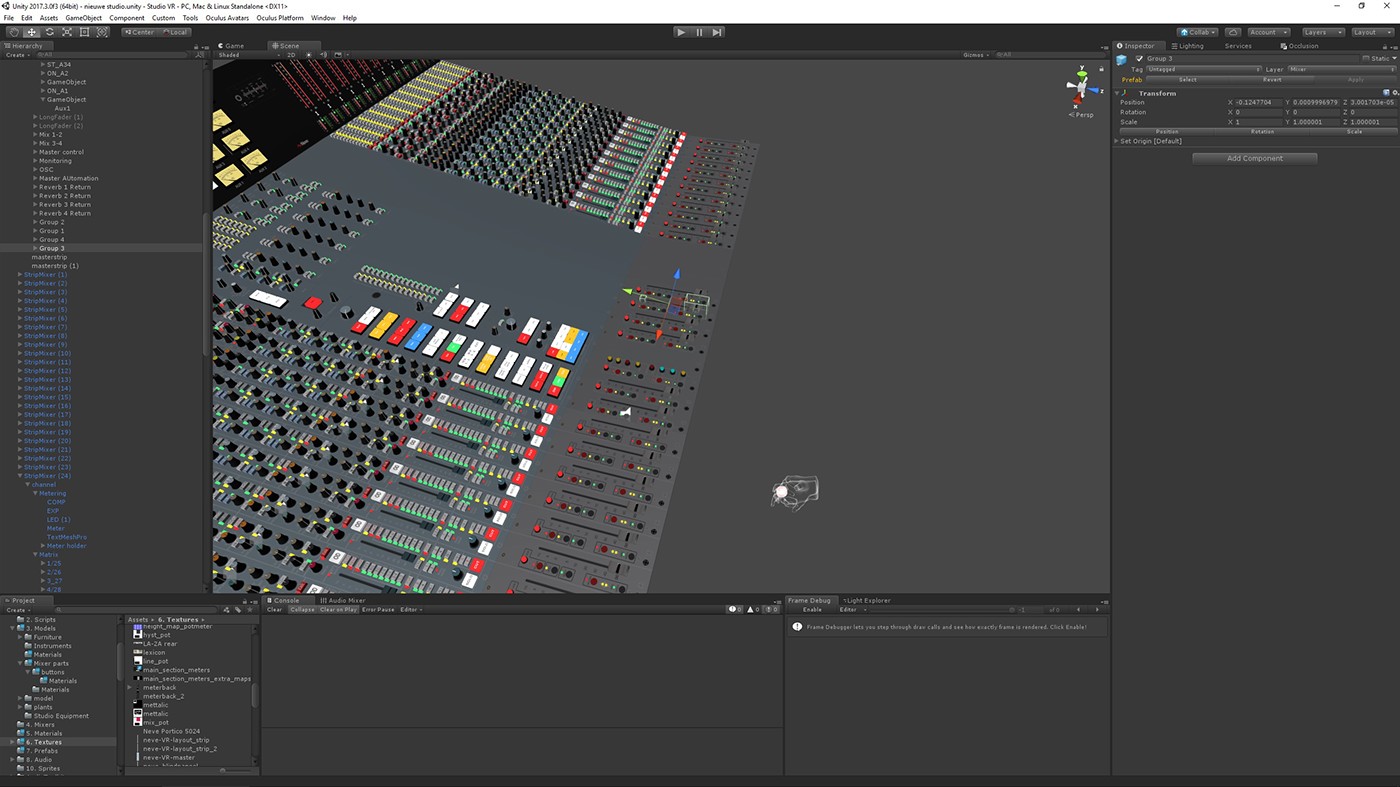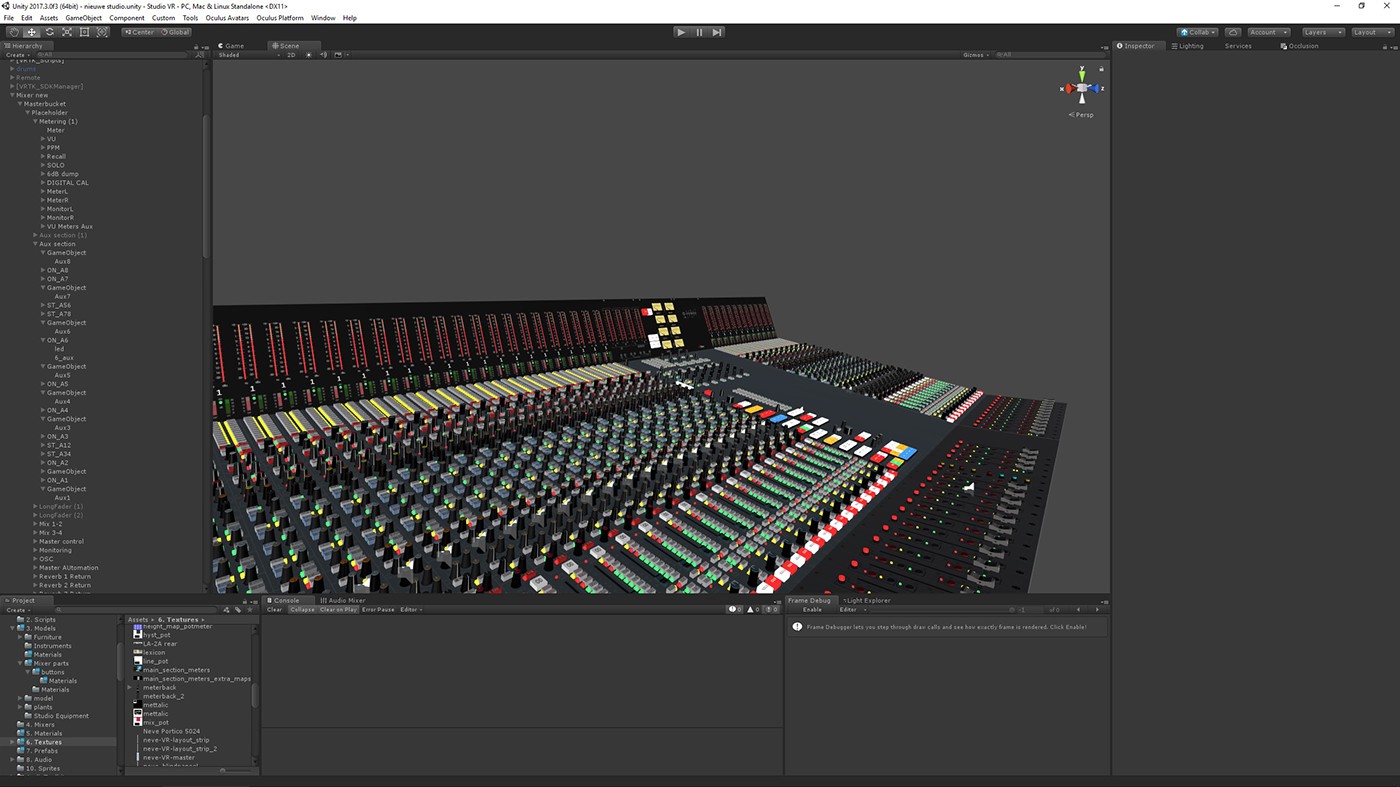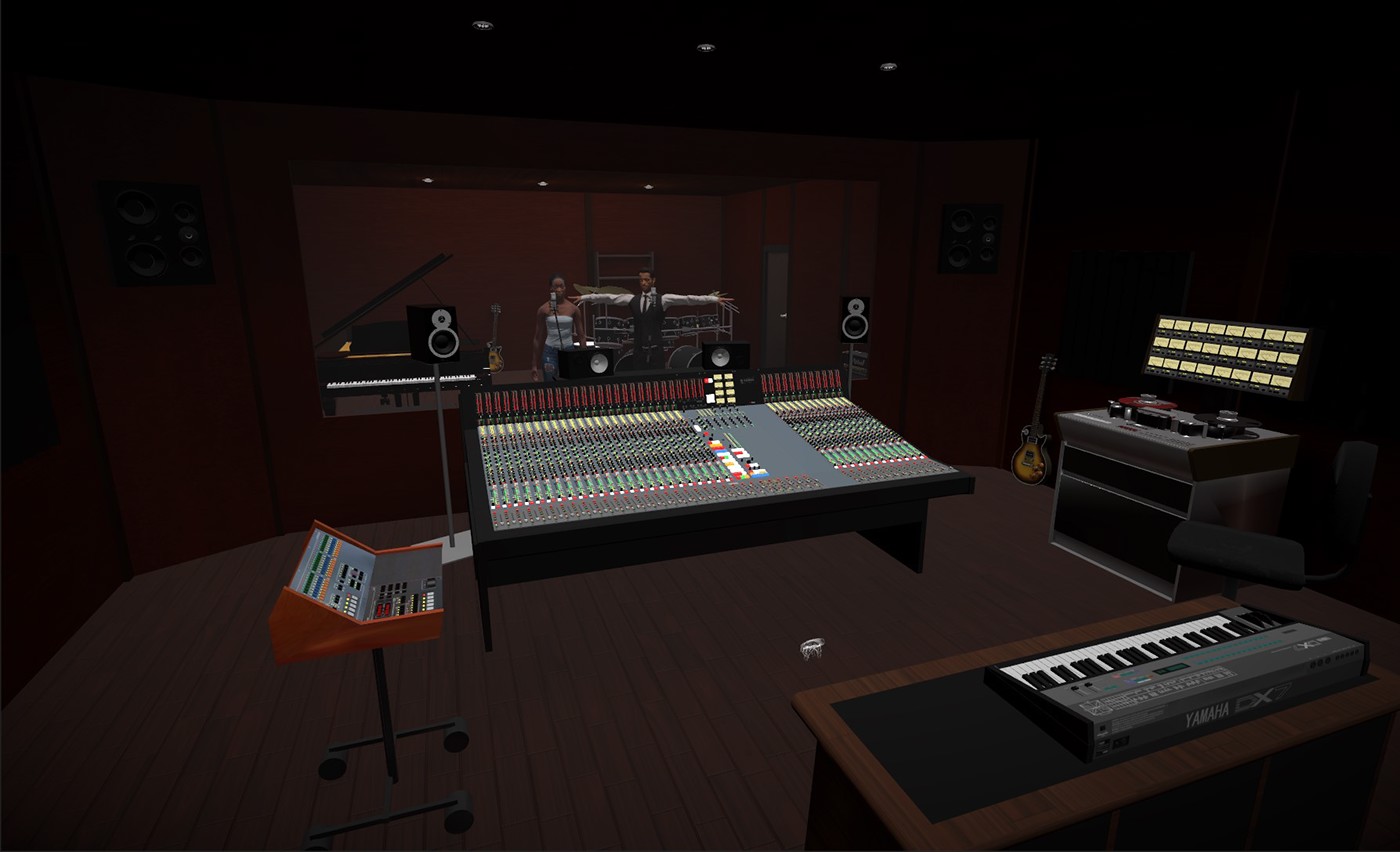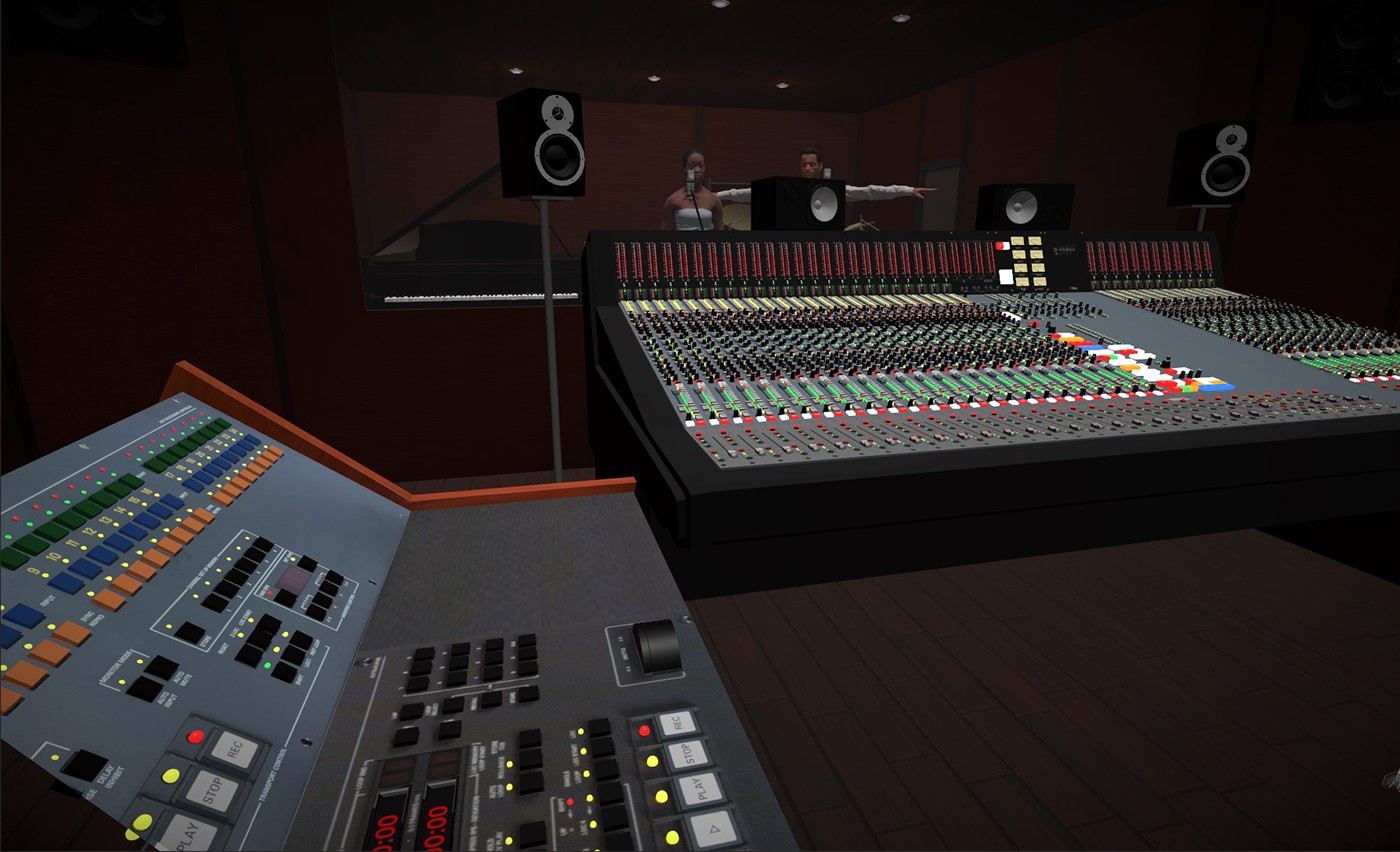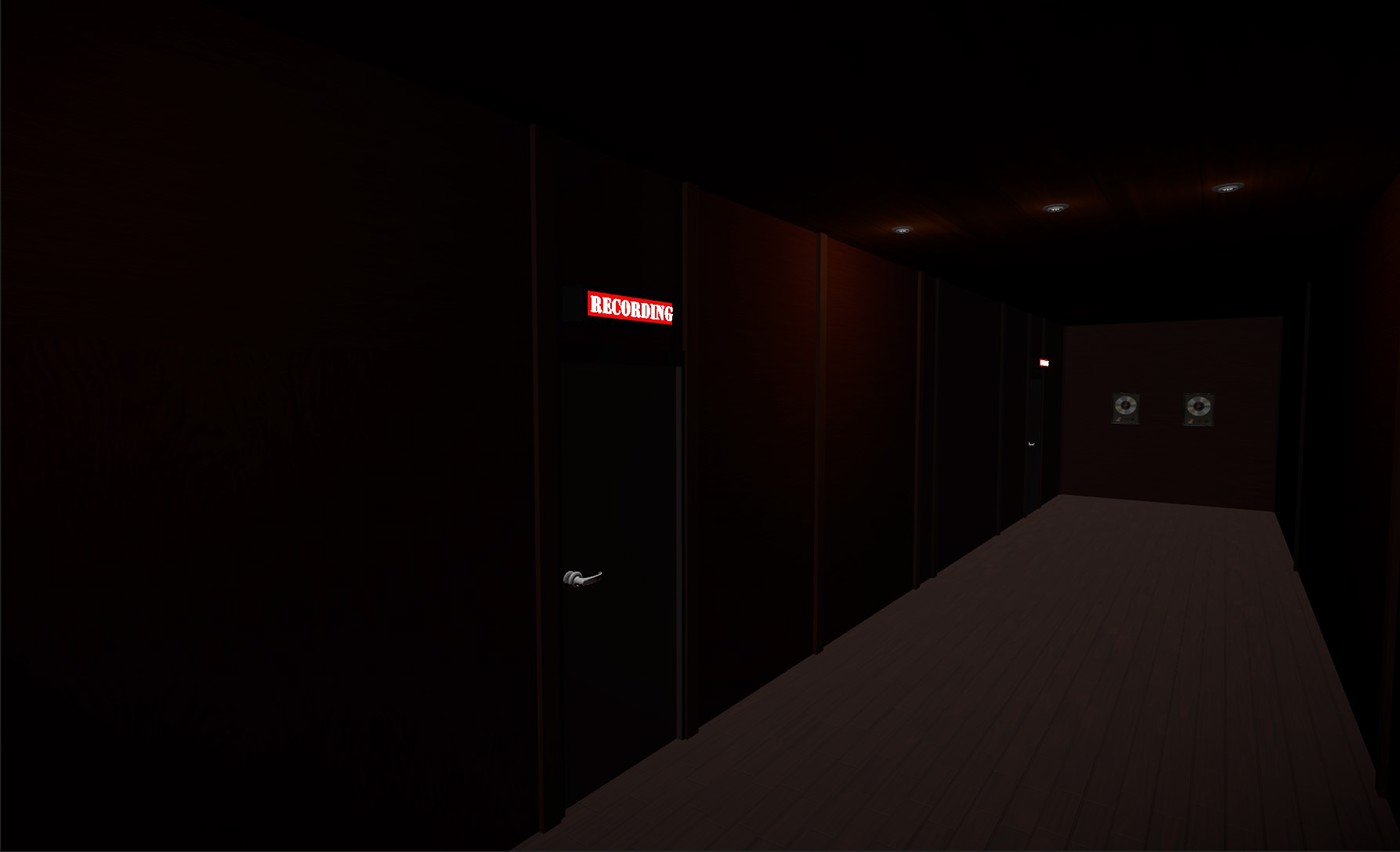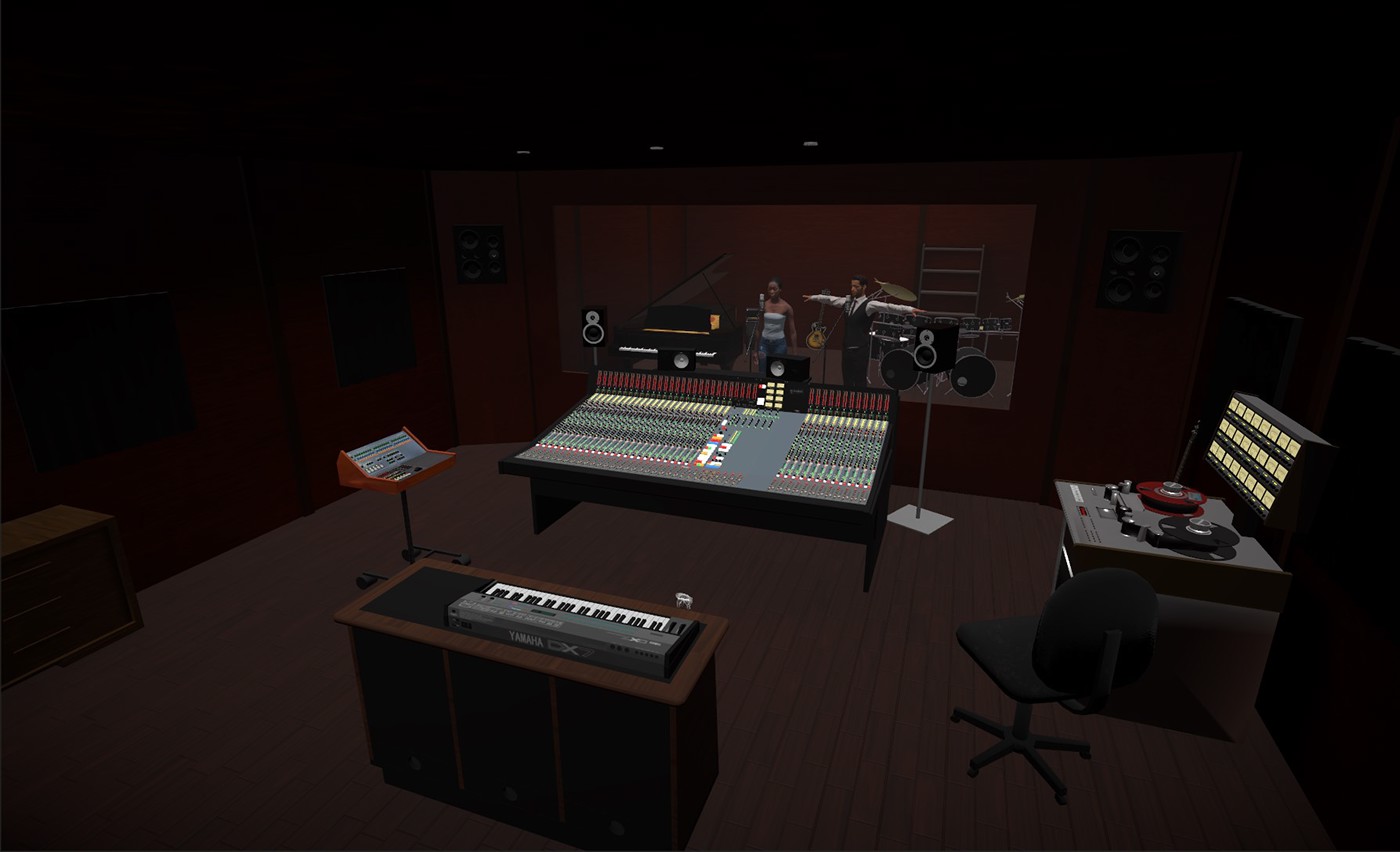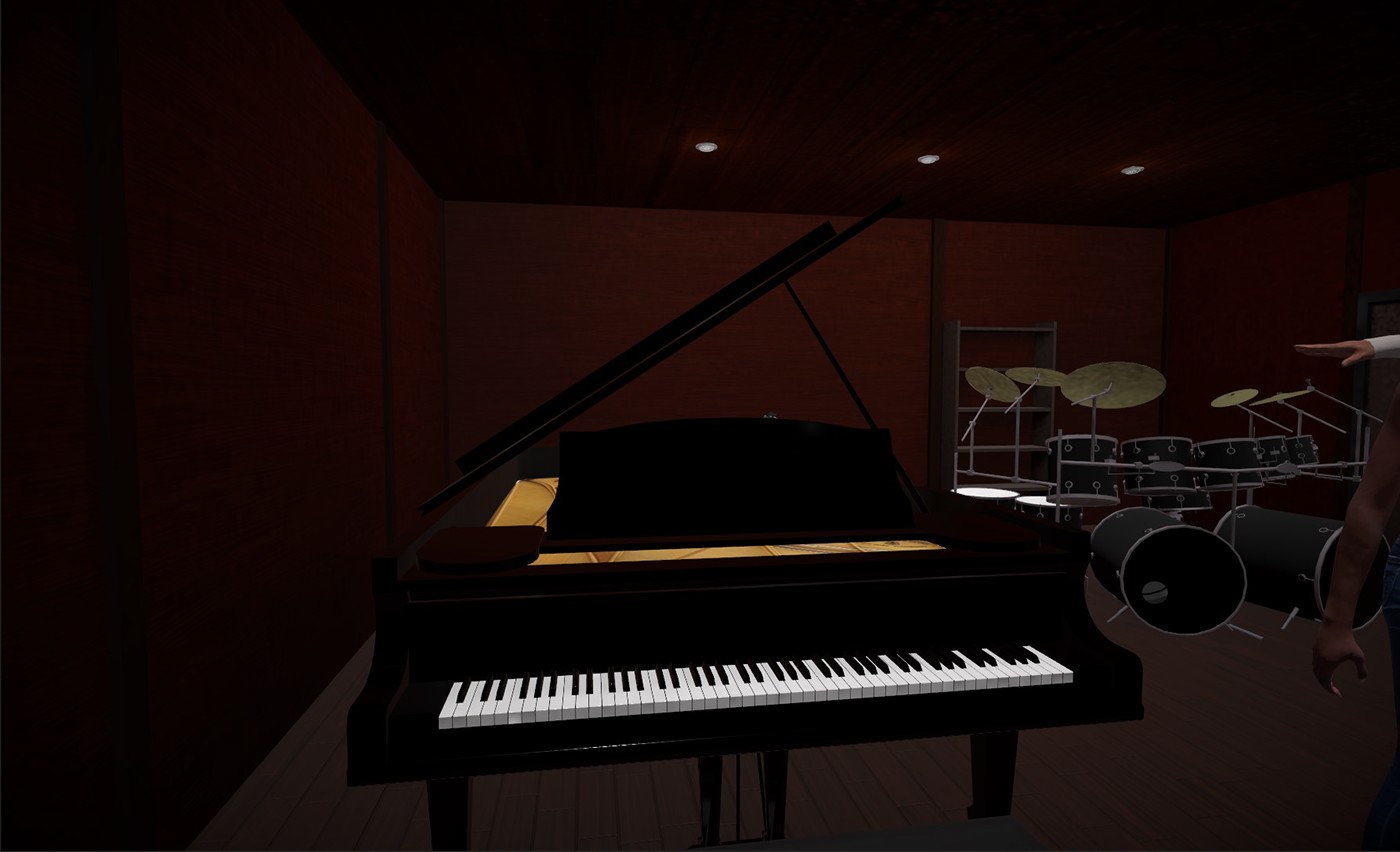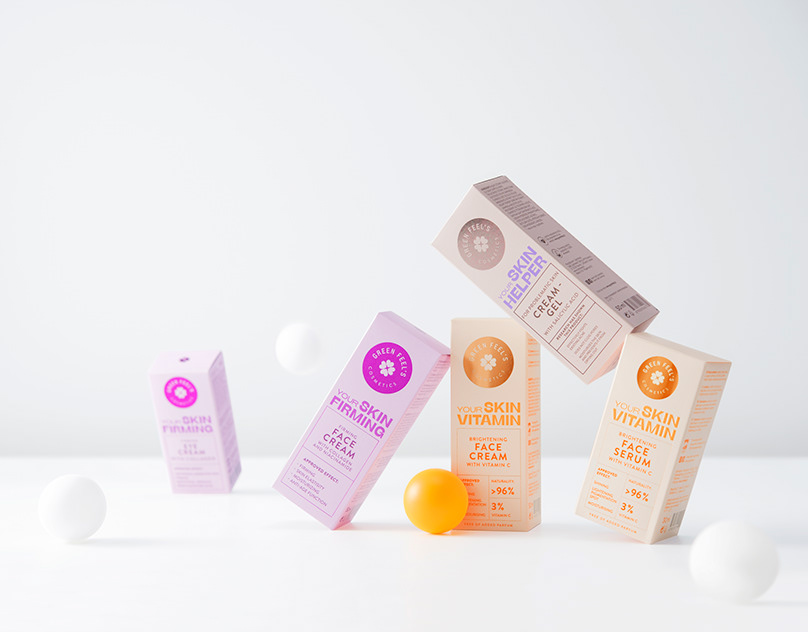The 80s / 90s inspired virtual reality
sound recording studio
sound recording studio
Something that started as a little test :
What if you've always dreamed to be an audio engineer,
but couldn't afford the education and studied electronics instead.
but couldn't afford the education and studied electronics instead.
After working in broadcast video repairs and studio system integration, I found a job working as a multimedia developer. This led to working as a system integrator, graphic designer, video editor, cameraman & finally interactive applications/web developer.
13 years ago I started my own company doing all the things I learned being employed and the last few years ended up working a lot with Unity and also with VR. In VR you can build anything you can imagine. Would a fully operational 80s / 90s recording studio be something that I could create for myself?
I needed to learn myself blender
I needed to step up my c# game
And I needed Unity more than ever to agree with what I was trying to do...
I started this journey about a month ago and currently putting in all my free and work hours, this is where I am.
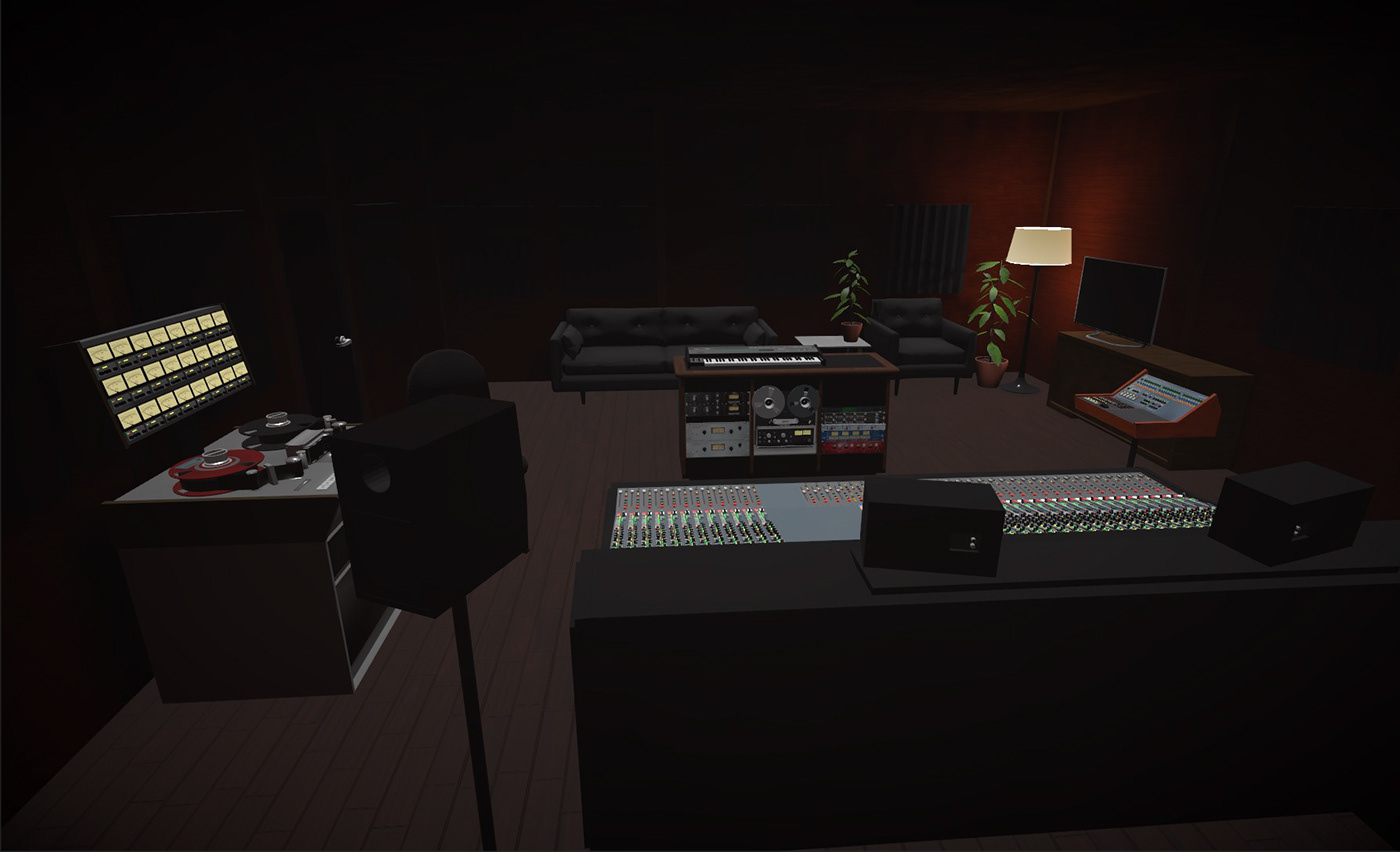
360 image of the current studio setup
While this is all nice to look at, the goal was to find out if it would work. And after many many hours of programming, tweaking, optimising and building, yes, it does.
The heart
I started out with the console, the heart of a studio. I did a lot of internet research, and the first choice was a Focusrite. Just of the documentary alone it worthy of a virtual reality replica, but it's a big legendary and very rare console, so not so much info.
So I started going a bit more common and decided it should be Neve, as the famous Rupert Neve build the Focusrite consoles as well.
The console used in de documentary "sound studio" was an option, lots of history and great looking console, but not many pictures. And difficult to model I guess.
When I came across the VR series from AMS Neve, build after Rupert had left the company, I found just the one perfect for the job. hey, it's still a Neve, and with a name like VR88, VR48 etc, you can't go wrong. It was and still used in many studios around the world, this is a legendary console.
My main goal was to rebuild functionality and looks simultaneously, and this made the project very dynamic. Having the right graphics, texts, made me want to program functions to each button and fader and led.
Build up as a real console, I started just with one strip, building to summing groups of 8 and on to the master and meter section.
Build up as a real console, I started just with one strip, building to summing groups of 8 and on to the master and meter section.
I had the manual freely available on the internet as a guide, but common sense and youtube give you more information about how a button or led behaves when pressed.
Vegas mode is a term to describe the test mode on big consoles. It is probably just part of a diagnostics test for automation but fun to see in real life and so I build it in just for fun in VR as well. Talk about gearpron... :)
The engine
The main worry when building the mixer was the input handling. What will feed it.
Currently, I'm investigating input possibilities, but mixdown (stems) input, was the first goal.
Currently, I'm investigating input possibilities, but mixdown (stems) input, was the first goal.
So what better than to find a machine that did just that, and build something to replicate the functions in VR.
Reel to reel always looks mystifying to me, like a record player to some others.
The Studer was the first choice. Lots of channels (24) and great looking functional design.
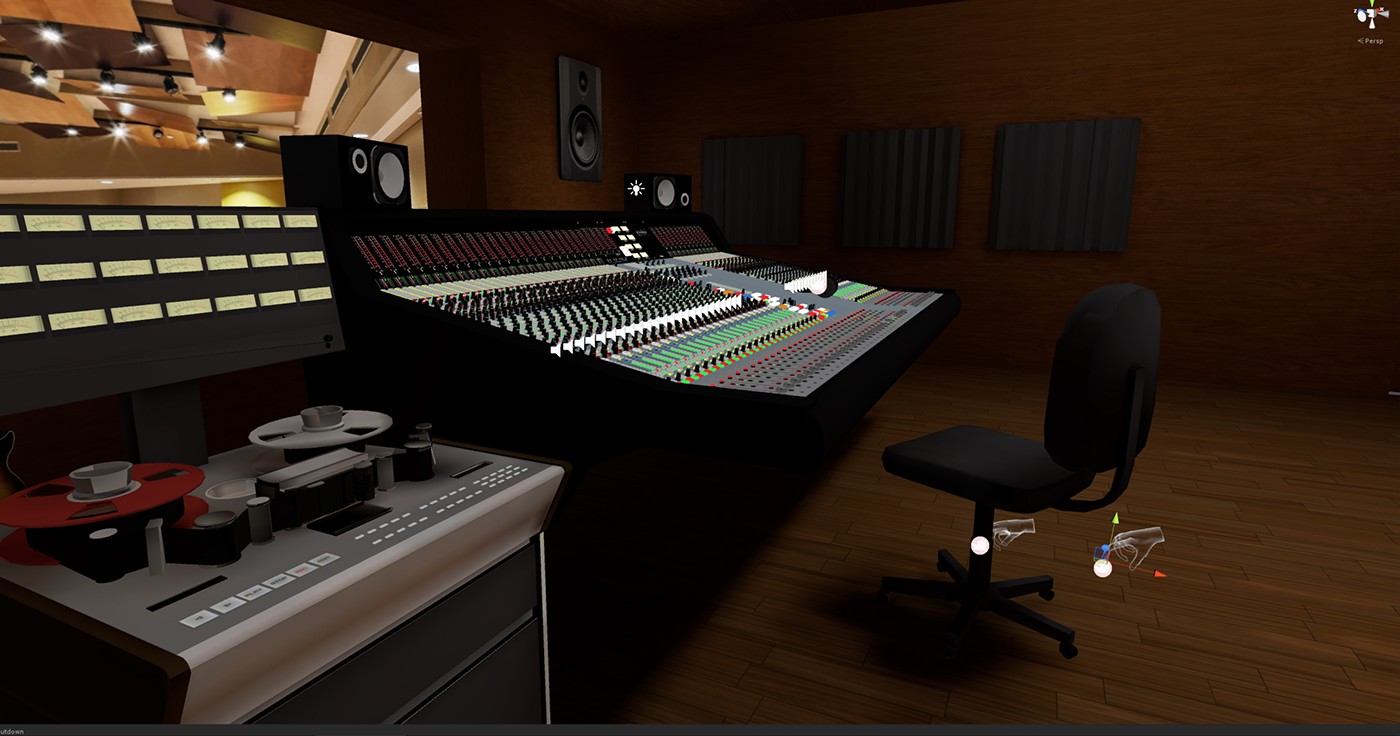
Latest screencaptures of development

